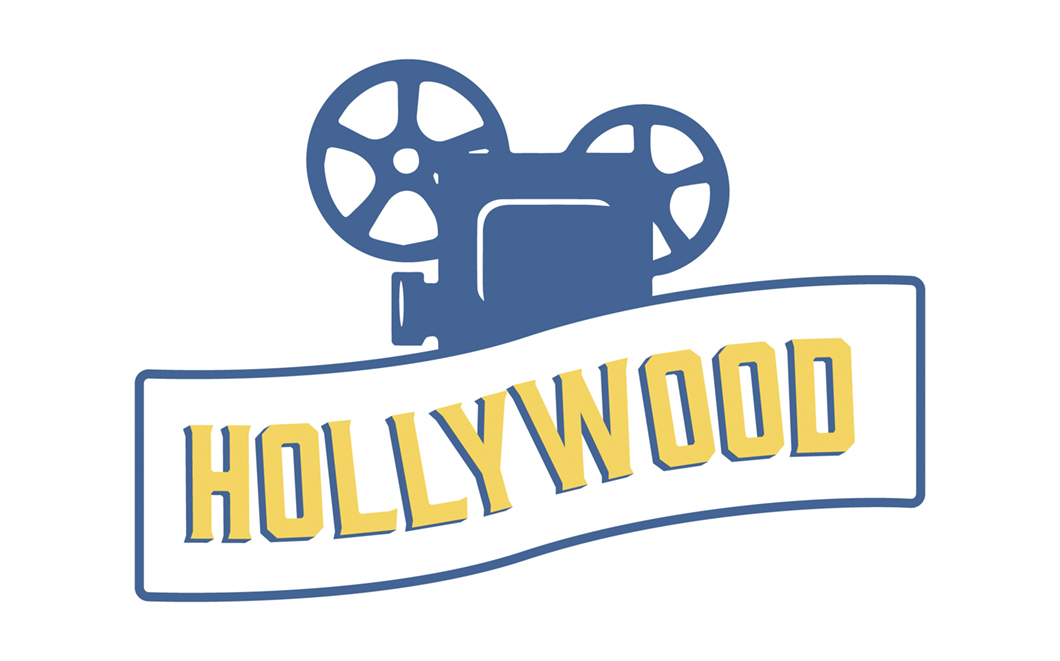
Italian Poster Artists in the Hollywood’s Golden Age
The golden age of Hollywood
Technological innovation
The Golden Age of Hollywood, which extended from the end of the silent film era to the 1990s, gave rise to countless masterpieces. A fantastic world to which everyone looked fascinated with love, passion and identification, shaping a new way of perceiving the world through many wonderful stories narrated on the silver screen.
That period, owing in part to new technologies that brought to life the visionary concepts of the brilliant George Melies, is characterized by great productions of films that have since become timeless classics: La dolce vita, Gone with the Wind, Some Like it Hot, Lawrence of Arabia, Dr. Strangelove, Rear Window, West side story, Singin’ in the rain, Casablanca, Citizen Kane and many others.
The advent of sound in cinema, in 1927, marked a technological turning point opening up fresh creative horizons for industry artists. The big movie theaters of the time generated a unique collective excitement, allowing the entire audience to experience the magic of the film together. At the same time, creative collaborations among directors, screenwriters, actors, and musicians yielded the birth of iconic masterpieces and the creation of legendary figures still widely loved and imitated today.
Hollywood’s Golden Age was ultimately a period of extraordinary growth and creativity that contributed significantly to shaping the culture and collective imagination.
The pictorial film posters of Hollywood’s Golden Age
During the Golden Age of Hollywood, movie posters represented more than just promotional tools. They emerged as authentic works of art that captured the essence and charm of the films they promoted.
Meticulous attention to design and detail was evident in every aspect of poster creation. Master Painted Poster Artists dedicated significant time and meticulous attention in the layout study, working passionately to paint in a masterful manner the key scenes of the film or portraits of the main characters.
Each poster had a distinctive style that not only reflected the artist’s skills but also evoked the genre and ambiance of the film (for instance, film noirs were promoted with posters that communicated a dark and enigmatic style conveying intrigue and suspense, while musicals featured bright, richly colored posters that managed to capture the energy and joy of musical performances).
Symbols and iconic images related to the film, or its characters were included to create an immediate connection with the audience. These elements not only aroused curiosity, but also helped to fix the film itself in viewers’ memories.
Ultimately, movie posters were powerful tools for promoting films, but they were also artistic testimonies that contributed to the magical atmosphere of the Golden Age of Hollywood. These posters conveyed a sense of wonder and anticipation that helped make that phase of the film industry so memorable.
Italy’s unique contribution
Italian Movie Poster Artists
While the Golden Age of Hollywood mainly pertains to the period of the American film industry, Italian Master Poster Painters have contributed to the international promotion of Hollywood films, creating posters known all over the world.
They were an effective marketing tool but also had an artistic value that made them unique, a highly valued style that could vary in register, from realism to surrealism, depending on the theme of the film.
Prominent among the Italian Movie Poster Artists are the doyen Anselmo Ballester, early epigones Martinati and Captani and then Picchioni, Simeoni, Avelli, Iaia, Brini, Cesselon, Nistri, the timeless Dairyman and many others, known for their ability to capture the atmosphere and emotion of films through striking details, a vivid and vibrant use of color and a style as captivating as it is sophisticated.
Overall, these artists have left a significant imprint in the promotion of Hollywood films, creating posters that have become cult objects for fans and collectors alike. The successful collaboration between the Italian Movie Poster Artists and the American film industry helped create a cultural bridge between two different creative worlds.
A lasting legacy
Modern marketing has moved away from pictorial posters by turning to photographic images, but 80 years of cinema have been almost inextricably linked to fine figurative artistic creations. Images still appreciated and used widely not only for the promotion of the films to which they refer, but also in many other fields.
These images, which remain a source of inspiration throughout the world, represent a fascinating chapter in the history of cinema and testify to how true art can retain its value unchanged through time and changing eras.
